Erté (Romain De Tirtoff)
1892-1990 | Russian-French
Chanteur
Signed “Erté” (Lower Right)
Inscribed “No. 18.281” (En Verso)
Gouache On Paper
Erté Created This Stylish White Costume For A Singer In The Production Of Raspoutine, Named After The Eponymous Russian Mystic And Friend Of The Famed Romanov Family. The Male Performer’S Attire, Reminiscent Of The Vestments Of A Renaissance Cavalier, Is Complete With Knee-High Boots And A Regal One-Shoulder Cape Trimmed In Black. An Elegant Black Rope Extends From The Cape, Terminating In A Tassel. The Shirt Features A Plunging Neckline Accentuated By A Tall Collar, Which Directs Attention To The Figure’S Slicked-Back Hair. Skillfully Blending Historical Military Uniforms With The Modernity And Camp Of The Modern Stage, Erté’S Showcases His Ability To Craft Something Both Timeless And Fresh.
The Captivating Alliance Between The Erté And The Flourishing Performing Arts Scene Of Paris Transported Audiences To New Realms Throughout The Early 20Th Century. Erté Quickly Forged Relationships With Luminaries Of The Performing Arts World — Including Zizi Jeanmaire, Roland Petit And Misinguett — And Leant His Distinctive Art Deco Vision To Operatic And Theater Productions. These Collaborations Rose Above Mere Aesthetic Embellishments, Penetrating To The Core Of Performances And Adding Greater Depth To The Narratives On Display. The Artist Possessed A Great Range Of Vision And Was Equally Adept At Capturing Rococo Decadence In The Sets Of Cosi Fan Tutti As He Was In Creating Supernatural, Moody Interiors For Les Mamelles De Tirésias. His Art Deco Stylings Brought Both A Fantasy And Modernity To The Stage That Has Rarely Been Matched Since. Parrying The Spectacle Of These Fantastical Productions, Fashion Grew More Opulent, With Luxury Canes, Pocketwatches And Compacts Becoming Essentials For A Modern Parisian.
Russian-French Visionary Romain De Tirtoff (1892-1990), Popularly Known As Erté, Began His Artistic Journey In The Culturally Rich City Of St. Petersburg, Where He Developed An Early Fondness For Ballet And Theatrical Performances. He Moved To Paris In 1912 To Study Architecture, And Quickly Found His Creative Niche In Crafting Fantastical Costumes For The City’S Bustling Nightlife. Erté‘S Expertise, Refined Under The Guidance Of The Famed Paul Poiret, Captured The Attention Of Harper’S Bazaar, Marking The Beginning Of A Significant Partnership That Spanned From 1915 To 1936. The Artist Also Designed Sets For Notable Cinematic Masterpieces Including Ben Hur And La Bohème, And Created Sets And Costumes For Cabarets, Operas And Other Performances At The Folies-Bergères, Bal Tabarin, The Théâtre Du Bataclan And Le Casino De Paris. Erté Was A Trailblazer Whose Colorful Creations Shaped The Groundbreaking Art Deco Era More Than Any Other, Leaving An Indelible Mark On The History Of Art And Design. His Artworks Reside In Prestigious Museum Collections Worldwide, Including The Metropolitan Museum Of Art In New York, The Victoria &Amp; Albert Museum In London And The Los Angeles County Museum Of Art.
Painted 1972
Paper: 14 1/4″ High X 10 1/2” Wide
Frame: 20 3/4″ High X 16 7/8″ Wide X 3/4″ Deep
Provenance:
Private Collection, Paris
M.S. Rau, New Orleans
Exhibitions:
M.S. Rau, New Orleans, Erté And The Era Of Art Deco, October 14, 2023 – January 3, 2024
Be the first to review “Fine Art M.S. Rau | Raspoutine By Erte” Cancel reply
Related products
Fine Art


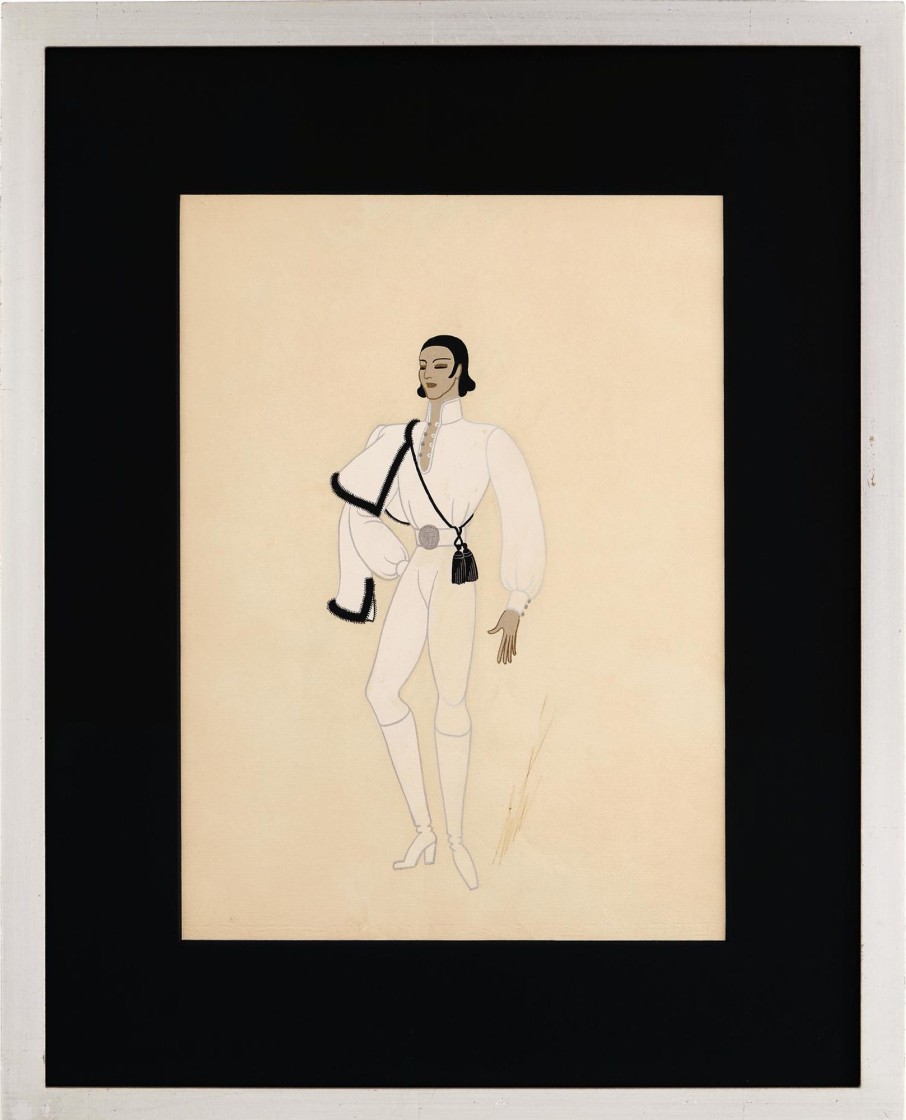
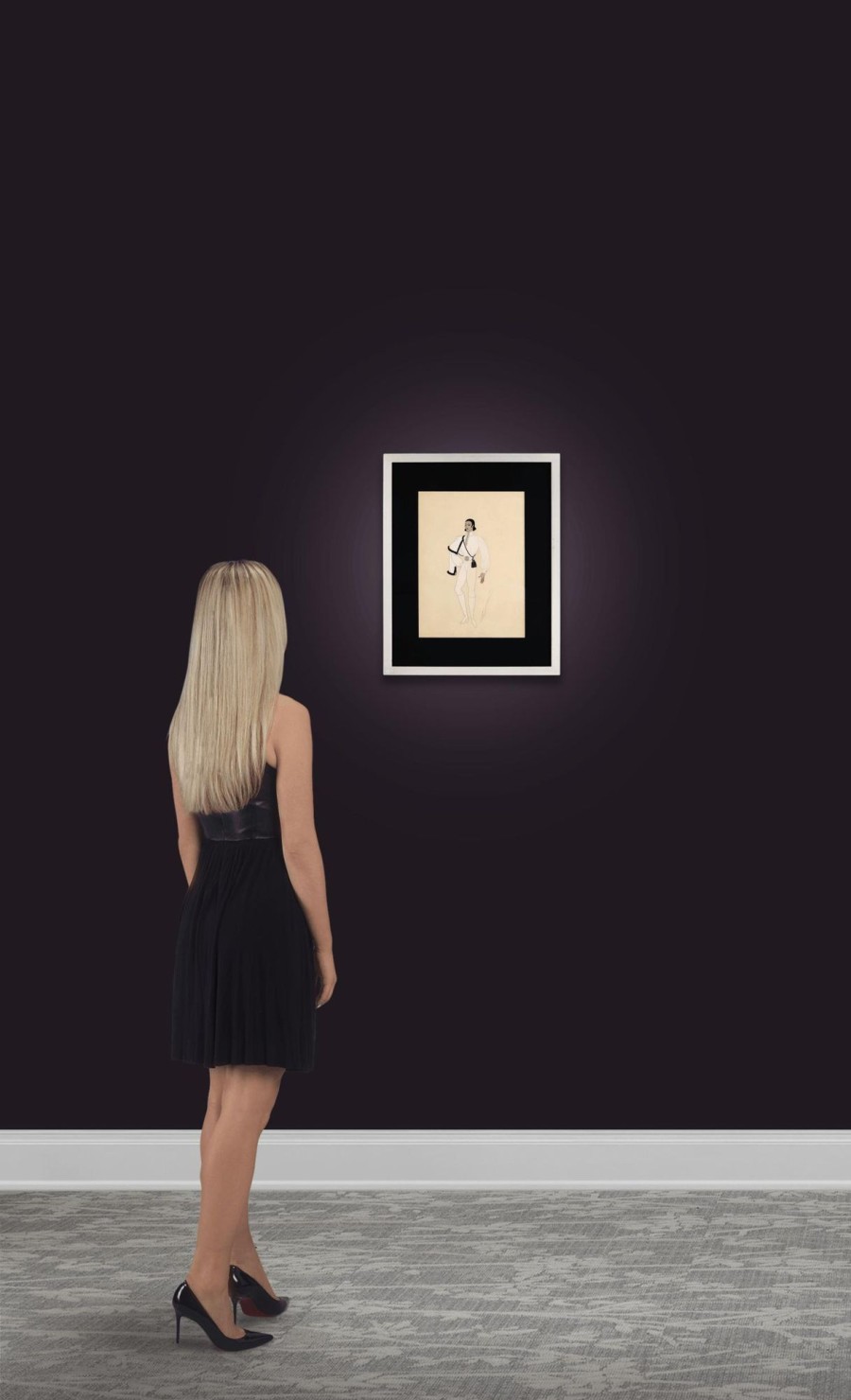
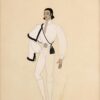
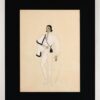


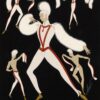
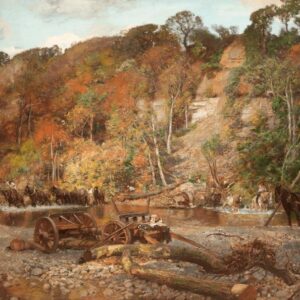

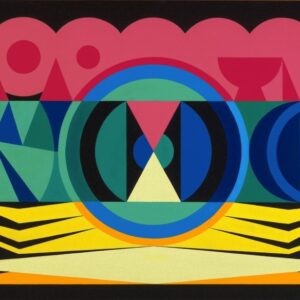
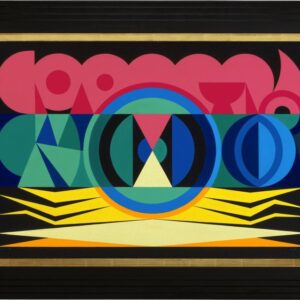
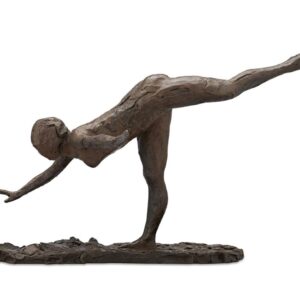
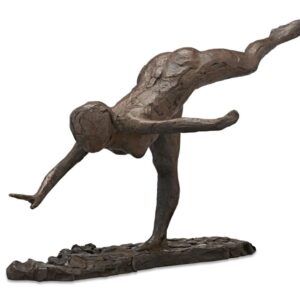
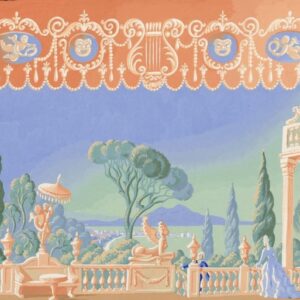
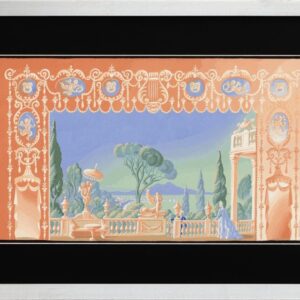

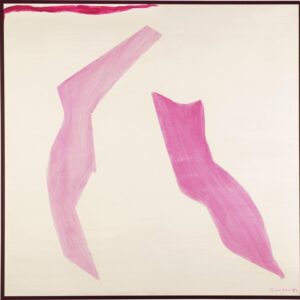
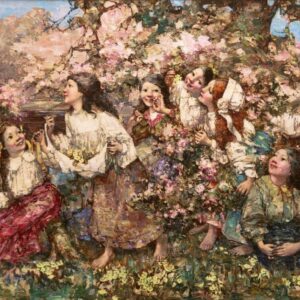

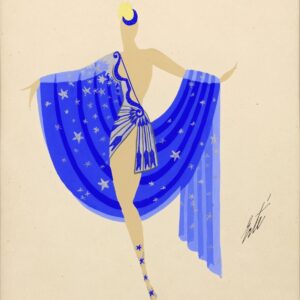
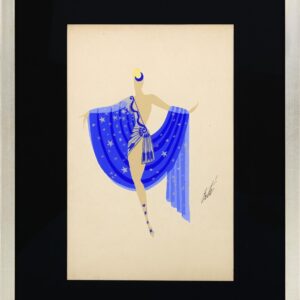
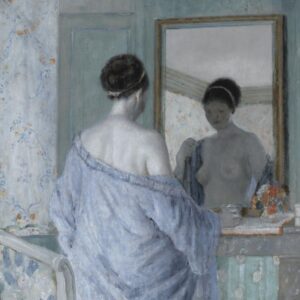
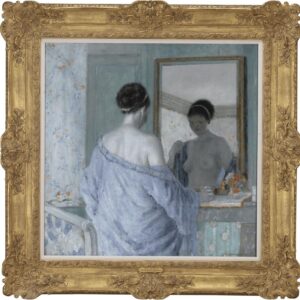
Reviews
There are no reviews yet.